Medieval Crime Museum
Horrifically creative torture devices and shame punishments line the walls of this chilling museum.
In medieval Europe, sharing a juicy piece of gossip could earn the speaker a punishment of wearing a humiliation mask, created just for this crime. A similar fate awaited men who told lascivious jokes, and those who interfered in other people’s business.
A physical equivalent of social media shaming several centuries before Facebook and Twitter, the masks were fashioned out of iron and had exaggerated features representing each specific social misconduct. The “gossip” mask has long ears and glasses, to hear and see and everything, and an even longer tongue to show that the wearer was likely to spread the information quickly and indiscreetly.
A number of these shame masks or schandmaske, intended to publicly humiliate the people perpetrating these acts, are on display at the Medieval Crime Museum in Rothenburg, Germany.
From social shaming tools to more physically torturous devices, the museum chronicles the brutal history of over 1,000 years of crime and punishment in Germany and other parts of Europe. The painful private collection curated by a German publisher in the late-19th century was first housed, quite appropriately, in the tower of a castle hotel, and it took on the shape of a more expansive museum under the guidance of an artist couple. It moved into its current location, a former administrative building, in 1977 and displays over 50,000 objects relating to law and order as it was enforced and structured in the medieval era and thereafter.
During those grim times, professional misdemeanors, too, were not excused. For baking bread loaves that were too small or light, bakers were locked into a cage and dunked repeatedly into water and off-key musicians were spotlighted with a shame flute fastened around their necks.
An entire section is dedicated to the treatment of women, and to the terrible witch-hunt which took place in the Bavarian region in the 17th century. The beauty of the delicate carvings on a choke pear, a device with petal-like divisions, is swiftly overshadowed by its terrifying purpose—it was inserted into orifices of the human body, particularly for women, and slowly turned so that each leaf expanded, causing immense pressure, and the victim quickly admitted to his or her crime. More torture devices cruelly designed to extract confessions, true or false, from suspected criminals line the walls of this museum.
The more procedural aspects of the legal system in the form of documents and trade exhibits are also on display and but the overwhelming tone is gruesome and chilling.
Know Before You Go
The museum is in the south-west corner of the historic city centre, not far from the main square (Marktplatz) and close to the Kobolzell Gate and Plönlein Tower entrances. The nearest of the town's peripheral car parks are by the Plönlein Tower. Rothenburg ob der Tauber train station, to the west of the town, is only 15 minutes' walk away.From April to October the museum is open from 10 a.m. to 6 p.m, and from November to March it's opening hours are 1 p.m. to 4 p.m.The majority of exhibition pieces feature English and Chinese descriptions alongside German.



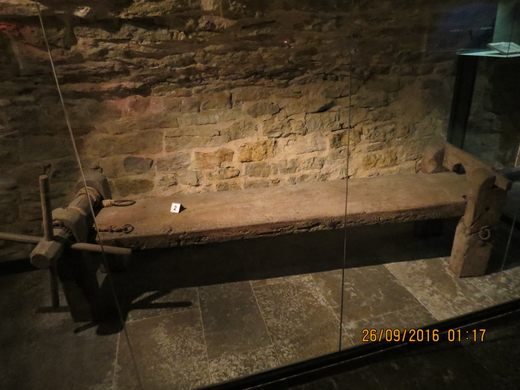

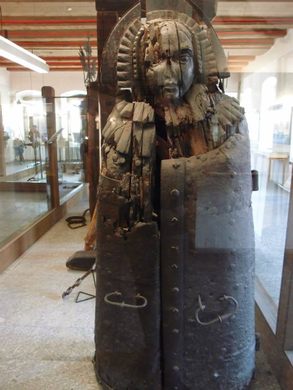

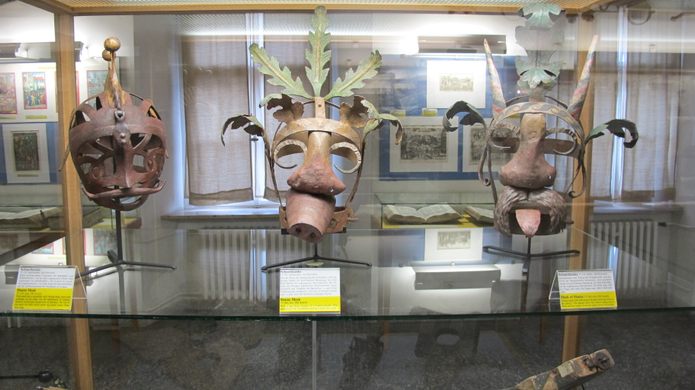
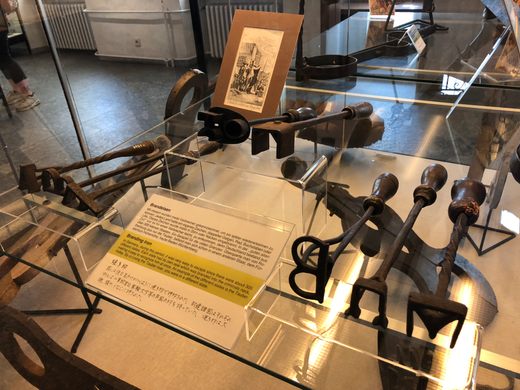
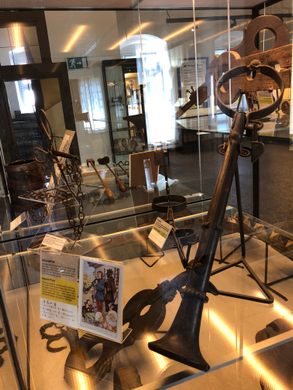
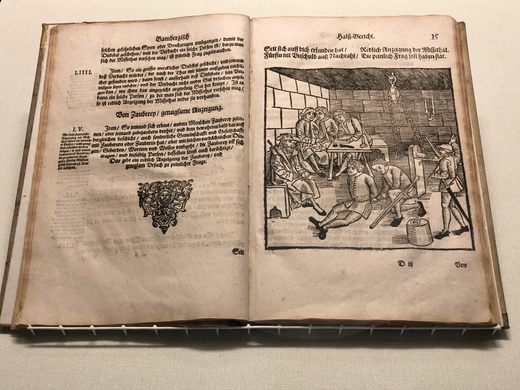
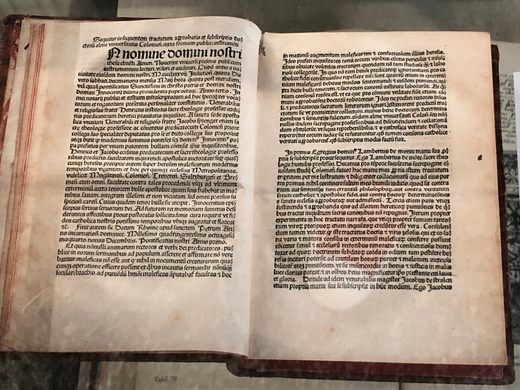
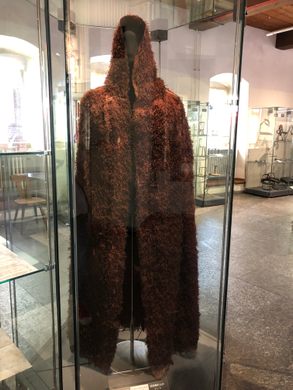

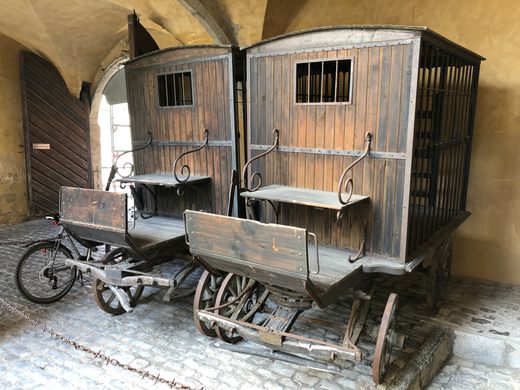




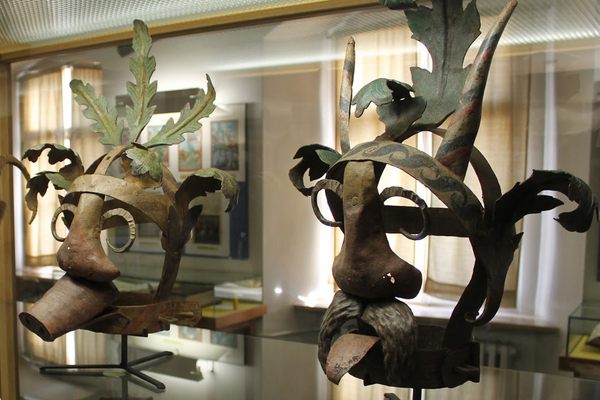









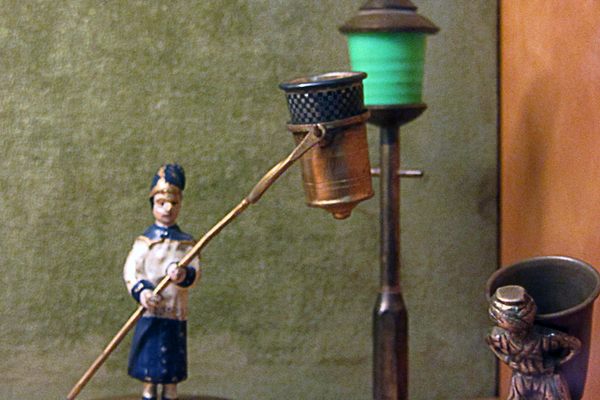







Follow us on Twitter to get the latest on the world's hidden wonders.
Like us on Facebook to get the latest on the world's hidden wonders.
Follow us on Twitter Like us on Facebook